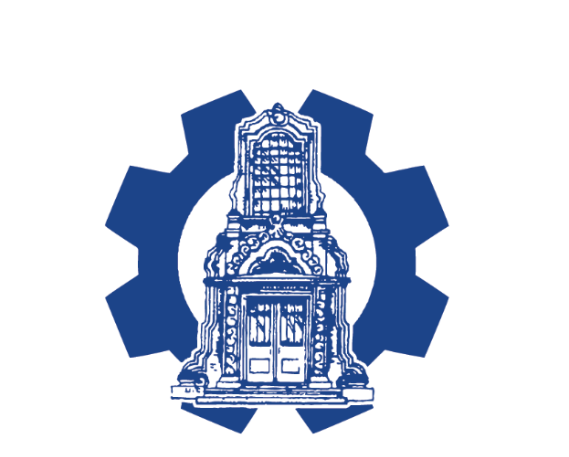For citizens of San Antonio’s Westside, growing up in the Barrio is just a way of life. In this environment, generations of families share similarities in their educational experiences. Children learn in the same classrooms as their parents and grandparents. They roam the same hallways and sometimes learn from the same teachers. This was a result of the industrialization and urbanization of San Antonio in the early twentieth century. Prompting the construction of Sidney Lanier High School, Lanier was built based on an adaptation of John Dewey’s Theory of Vocational Education. Through what became known as the social efficiency model, the San Antonio Independent school district aimed to use Lanier as a means to produce a minority labor force through vocational training. This was in contrast to the academic-focused high schools provided to San Antonio’s Caucasian population. As a result, generations of Westside inhabitants have shared the campus of Sydney Lanier, home of the “Voks,” a mascot connected to the campus’s vocational emphasis. Despite this, Lanier contains a rich sense of history and tradition, a history unknown or recognized by many in the community. John’s project creates an exhibit on the history of Lanier to build a renewed sense of pride and accomplishment for the Westside community.
John’s search began after determining that the yearbooks were kept in the office of Government and Community Relations, giving him access to the yearbooks. However, he wanted to search for the location of more of SAISD’s archive. Ultimately this plan proved to be successful because he learned of a box of “stuff” that was stored in the library at Lanier High School. John requested the necessary permission from the district to collaborate with SAISD and Lanier High School, as well as with Lanier High School students. Not popular because it was an out-of-the-classroom project, he ultimately only gained interest from two students, juniors Jennifer Felix and Matthew Rodriguez, where the focus for them was to receive as much experience and gain as much recognition as possible so that they would be able to use this experience to polish post-secondary education applications. In the meantime, John completed administrative duties like creating an inventory sheet and a finding aid and writing initial wall labels. In giving the students the opportunity to choose documents, he experienced an unforeseen issue in that both students drifted towards sports-related documents. He thought it best to balance the exhibit by reserving the remaining spots for academic documents such as newspapers, vocational photos, student handbooks, and military-related documents. This was done in order to show not only the athletic success of Lanier but also Lanier’s progressive academic achievements.
The project consisted of two events. One was the capstone presentation where the exhibit was shown in its entirety, resembling a traditional museum exhibit. The second event, the student exhibit, is at the Institute of Texan Cultures. As part of the ITC’s initiative to celebrate the work of San Antonio’s youth, it showcased the historical documents chosen by Lanier’s students including the wall labels they worked on. John secured a location for the exhibit at UTSA’s Community Center, communicating with the appropriate personnel to lock down UTSA’s new Westside Community Center as the location for the final capstone presentation. The presentation included setting up nine to twelve 6-foot tables in a 12x 10-foot room, laying out the historical documents in a set order to encourage the flow of the space, and protecting the documents by covering each with a protective layer of archive-specific laminate. Due to the nature of this project, the best practices all fell within a handful of categories. This included archiving, formulating the exhibit, considering the audience, exhibit label writing, and communicating with stakeholders. For the community of the Westside, moments in time are too easily lost amongst the shuffle of a 9 to 5 job. The campus of Sidney Lanier is a campus rich in history and tradition. Over time, however, the history and foundational values of the campus have been lost within the daily struggles of life. This recreation of the history of Lanier aims to open the door to “reinVOKing” a forgotten sense of pride.
